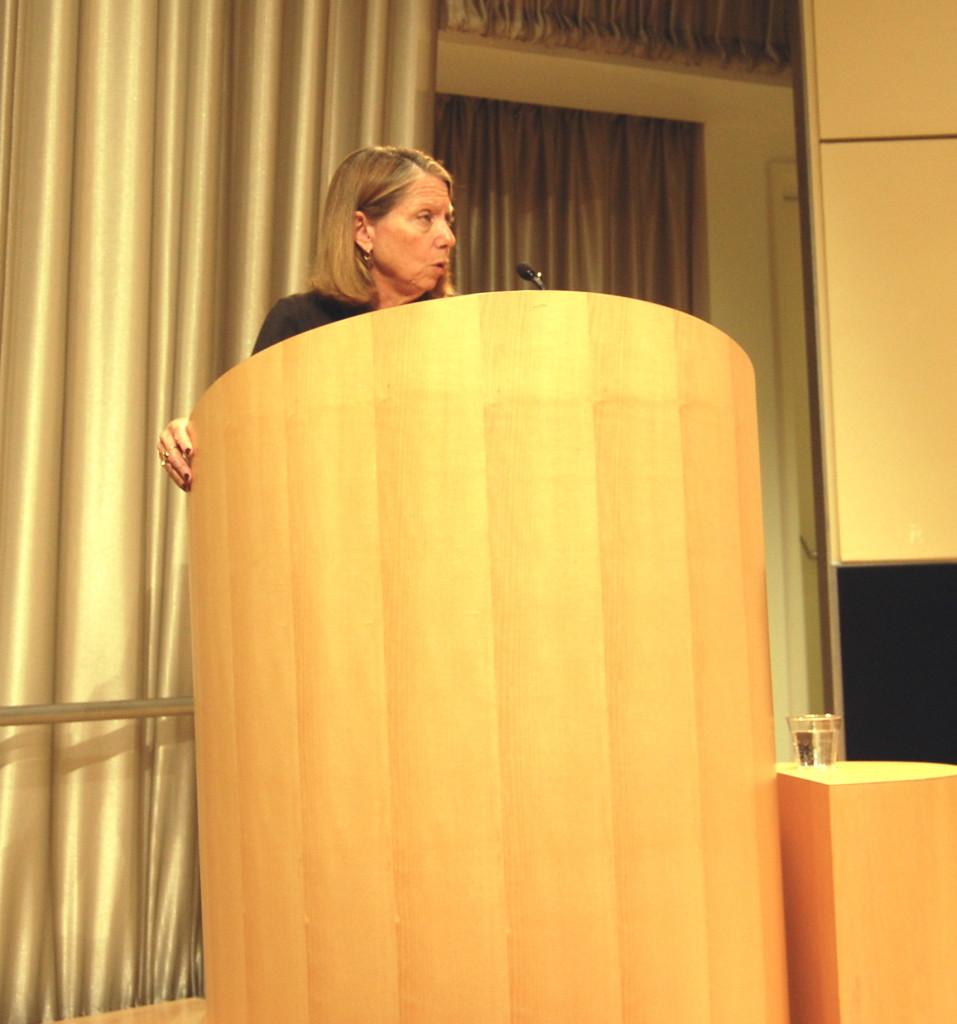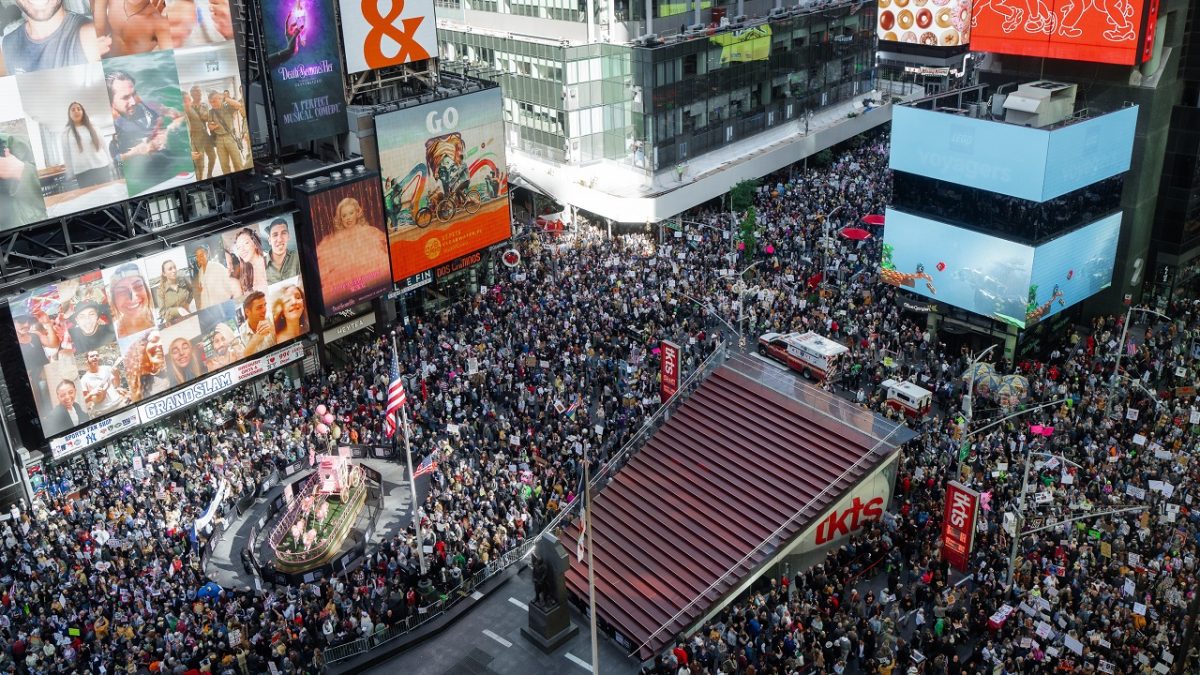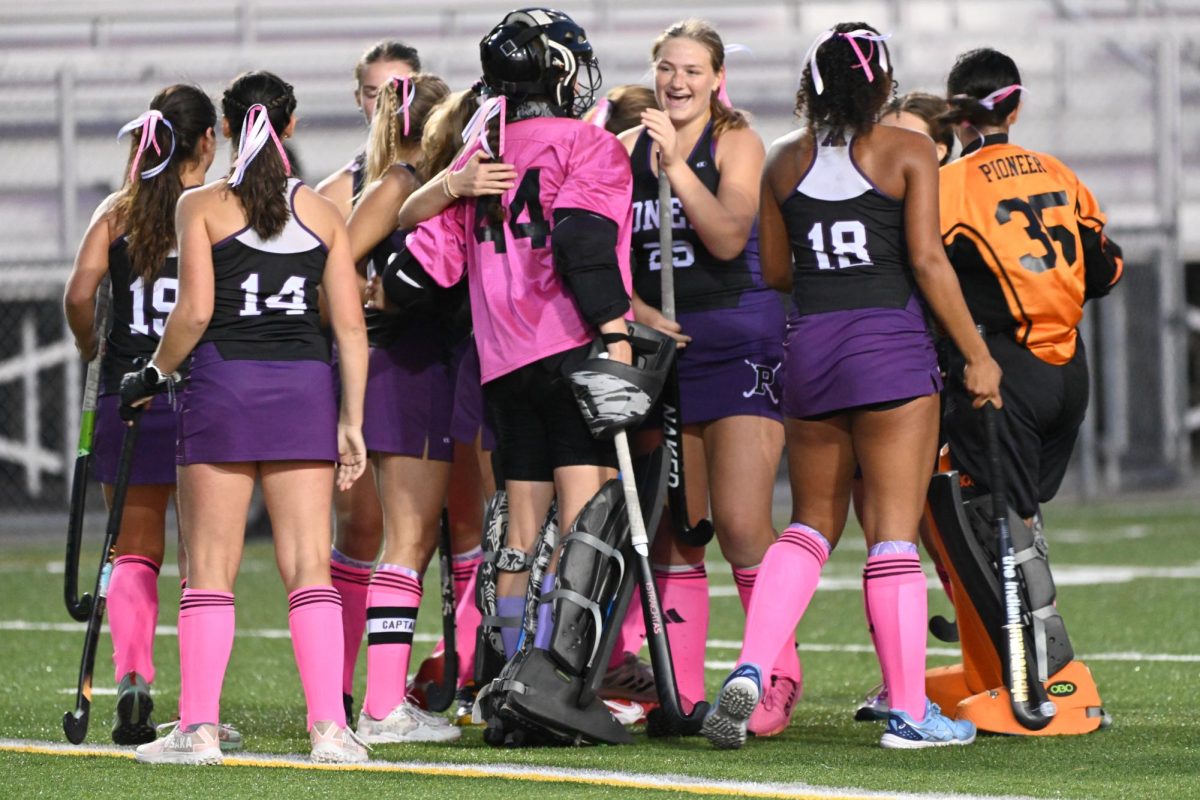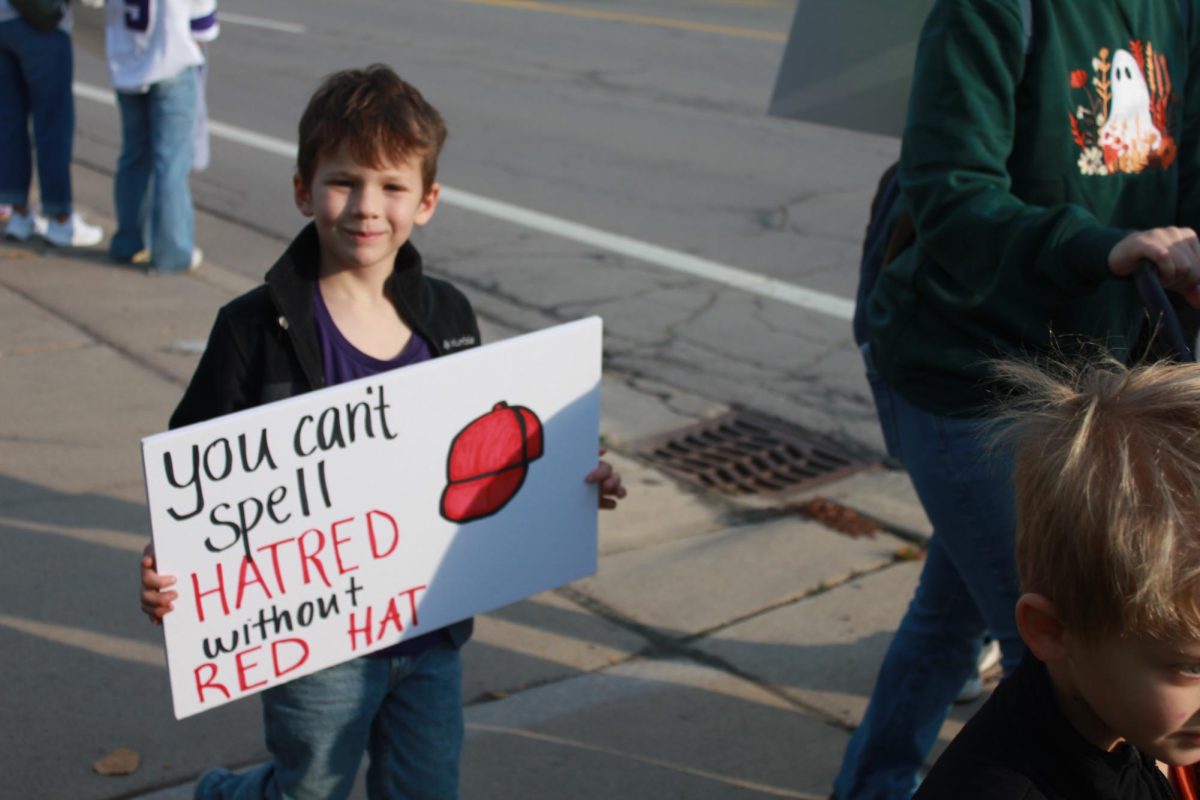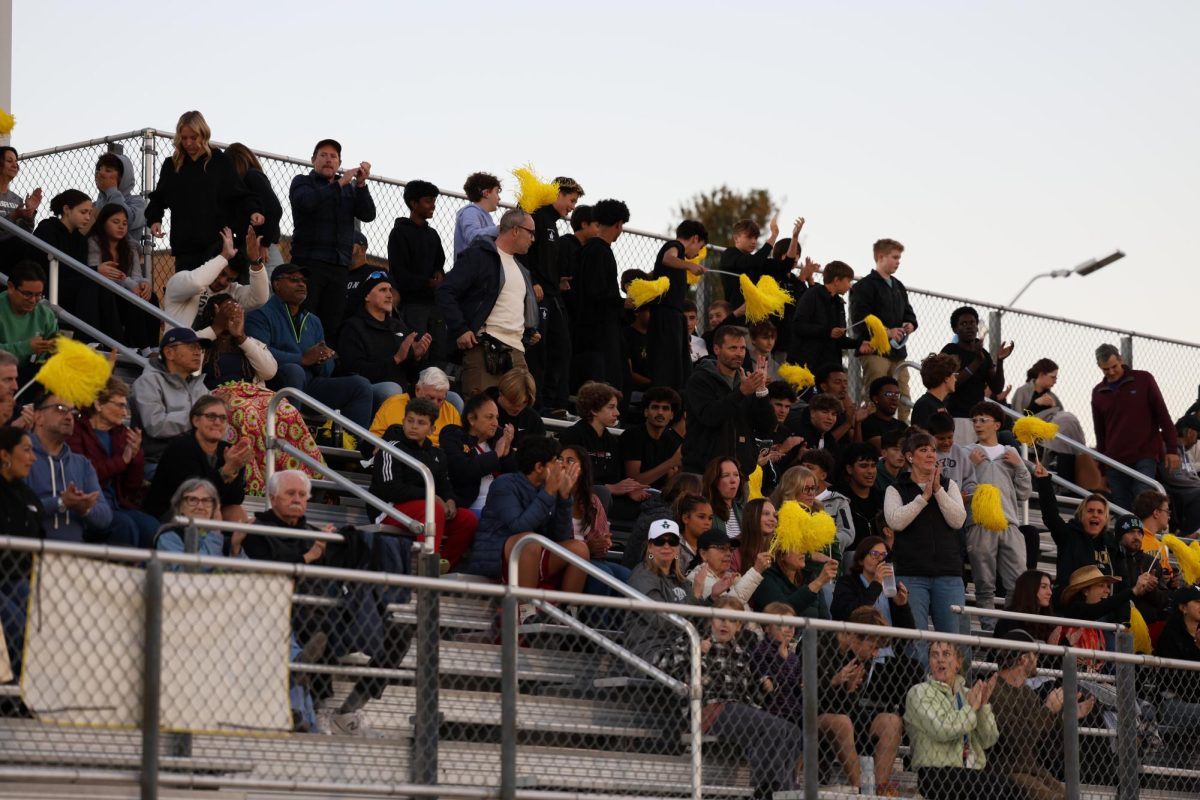“Our masthead, which are our most senior newsroom editors, are now 50% female, which is the highest percentage ever. And the newsroom in itself it about 40% women,” said Jill Abramson, the first woman Executive Editor of the New York Times in its 60 year history. On March 19, The Center for the Education of Women at the University of Michigan invited Abramson to speak at the 2013 Mullin Welch Lecture held in Kahn Auditorium.
“My question was going to be then to what extent do you look at the content of the times through a gender lens? I mean the easy ones to do for example are will there be as much coverage for the women’s NCAA coming up as there will be of the mens?” asked an audience member. “No,” said Abramson. She said she was not sure if she had a concrete yes or no on if there should be a gender lens in news. However she addressed different issues she thinks about when looking at what stories The New York Times reports. “I have to think about as editor especially in the way we cover our own city new york,” said Abramson. In sections like dining, style and home she said these stories were covering the “high life.” “Occasionally I worry that the totality of the product projects an affluence slightly out of it. Like sometimes I scratch my head after an editor pitches a story like there’s a shortage of shiitake mushrooms,” she said.
“No matter what new digital technology we get, the people will always read,” she said. A University of Michigan student asked what kind of skills Abramson believes journalists need to obtain today considering how multimedia journalism is growing. She believes being a good writer and going into the world to talk and listen to people are the most important skills to have. Abramson also advises young journalists to find someone who will take you under their wing. It is significant when someone successful in their field takes an interest in helping you.
Many people have criticized The New York Times for being ‘too liberal.’ Abramson believes that the best way she can respond to these accusations is by quoting the former Times Executive Editor: “He said on his gravestone he ‘kept the paper straight’ and I think keeping the paper straight is really important,” said Abramson. “I believe so much in facts so that good journalists can always care about the truth.”
A large portion of the lecture was about the Times’ failed journalism leading up to the Iraq War. Abramson believes that The New York Times was providing a government-sided view of the war in Iraq. She feels like the news is partly responsible for the escalation of the war. “The sources for many of these stories were iraqi defectors. Who, turned out, had not been in Iraq for years. These same defectors were feeding their same information to senior members of the bush administration,” said Abramson. Because of this when reporters from the Times would call the government for a comment on these claims the government officials would confirm these stories.
“It was a bad moment for all journalism. And all I can say from all of this, and I’ve spent countless hours reviewing the stories that we ran…You know I really decided to use this episode, which I would describe as one of the most difficult of my career, as something to study and learn from,” she said.
Abramson is confident in the future of journalism, but she also believes that stories need to continue to be reported on the ‘old fashion way.’ “What i told my students [at Yale] is what I tell everyone, that you need to learn to write well. That is a skill that our no matter what new digital technology we get, the people will always read. And you have to like go out and talk to people and really listen to what they’re saying and try to make broader connections which then give you a hub for writing a story.”



